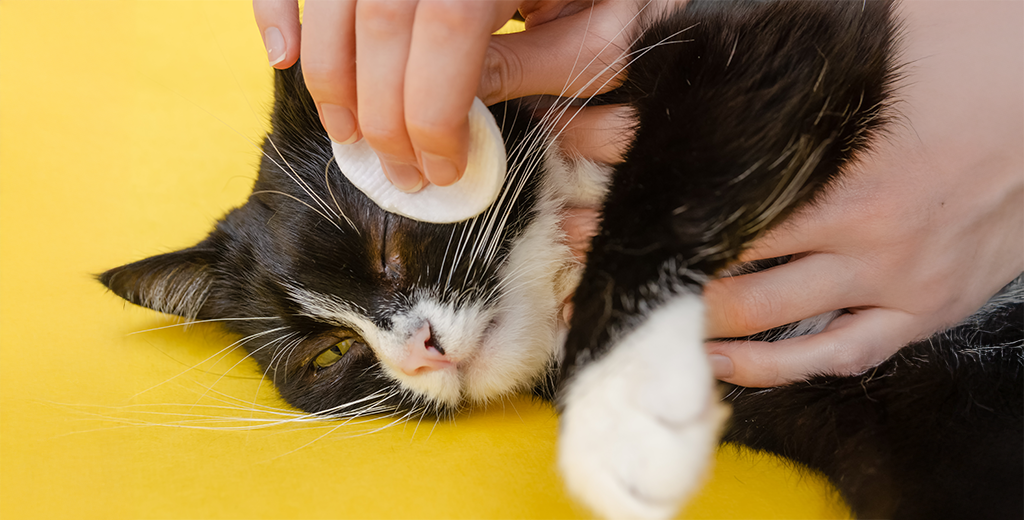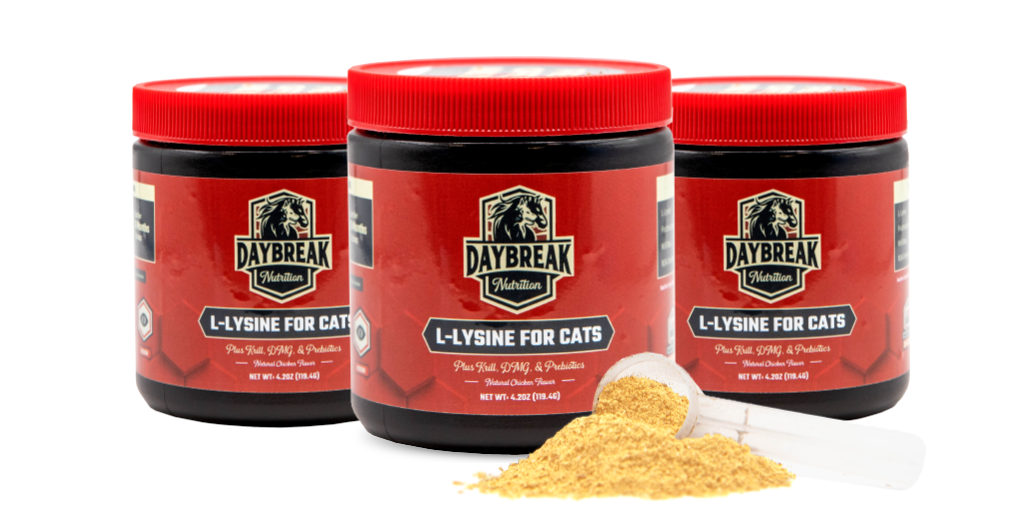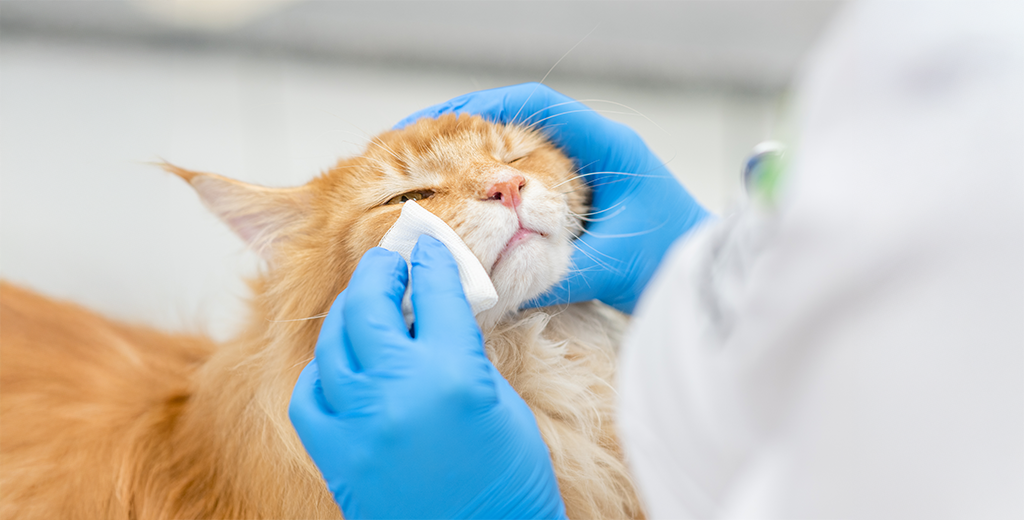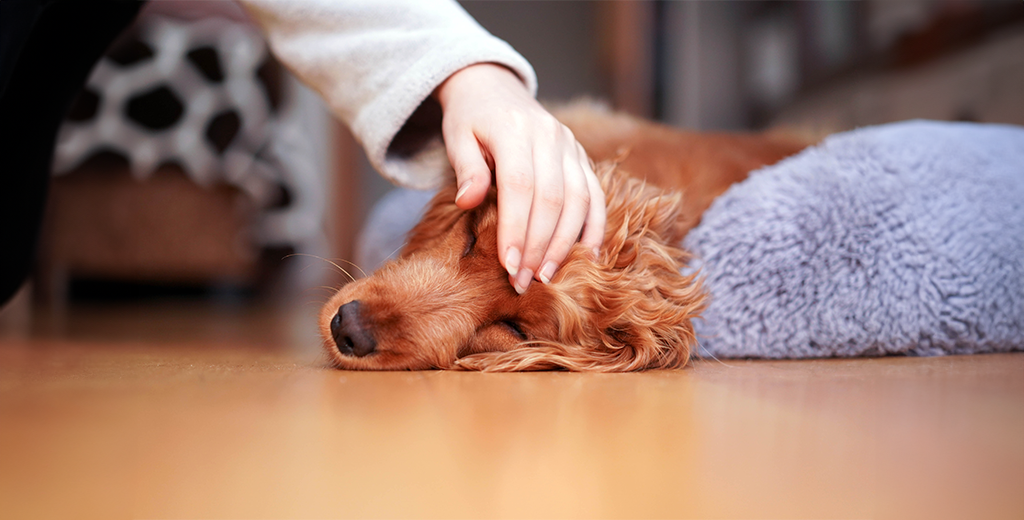As a cat owner, you may have noticed your feline friend having watery eyes. While it might seem like a minor issue, eye watering in cats can be a sign of various health problems. Understanding why this happens is crucial for ensuring your pet’s well-being. In this blog post, we’ll explore the reasons behind watery eyes in cats, what you can do about it, and how L-Lysine for Cats can be an effective solution.
What Does It Mean When a Cat’s Eye is Watering?
When a cat’s eye is watering, it means that there is an excessive amount of tears being produced. This can occur for several reasons, and it’s important to identify the underlying cause. Tears are essential for keeping a cat’s eyes moist and healthy, but when they overflow, it can lead to discomfort and other issues.

Common Causes of Watery Eyes in Cats
- Allergies: Just like humans, cats can be allergic to various substances, including pollen, dust, and certain foods. Allergies can cause their eyes to water as a response to irritants.
- Infections: Eye infections, such as conjunctivitis, can lead to watery eyes. This condition can be caused by bacteria, viruses, or fungi.
- Upper Respiratory Infections: Cats can catch colds too! An upper respiratory infection can cause symptoms similar to those in humans, including watery eyes, sneezing, and nasal discharge.
- Blocked Tear Ducts: Sometimes, a cat’s tear ducts can become blocked, leading to a buildup of tears that spills over onto their face.
- Foreign Objects: If something gets into your cat’s eye, like dust or a small particle, it can irritate the eye and cause watering.
- Eye Injuries: An injury to the eye can lead to excessive tearing as the body tries to protect itself.
- Chronic Conditions: Some cats have chronic conditions that affect their eyes, leading to persistent watering.
When Should You Be Concerned?
While watery eyes can sometimes be a minor issue, there are certain situations where you should definitely consult a veterinarian:
- If the watering persists for more than a day or two.
- If you notice other symptoms such as redness, swelling, or discharge that changes color or smell.
- If your cat is acting lethargic or seems to be in pain.

How to Care for Your Cat’s Watery Eyes
If your cat’s eyes are watering, the first step is to observe their behavior. Take note of any other symptoms they may have, such as sneezing or coughing. Here are some basic steps you can take at home:
- Clean the Area: Use a soft, damp cloth to gently wipe away excess tears from your cat’s eyes. Make sure to use a different part of the cloth for each eye if both are affected.
- Monitor for Changes: Keep an eye on your cat’s eyes and overall behavior. If they seem to improve, it might just be a temporary issue. However, if they worsen, it’s time to see the vet.
- Limit Allergens: If you suspect allergies, try to keep your home as clean as possible. Regularly vacuum and dust to reduce allergens in the environment.
- Visit the Vet: If symptoms persist or worsen, schedule a visit to the veterinarian for a proper diagnosis and treatment plan.

L-Lysine for Cats: A Possible Solution
If your cat’s watery eyes are due to a viral infection or allergies, L-Lysine may be a helpful addition to their diet. L-Lysine is an amino acid that plays a crucial role in supporting the immune system. Here’s how it can help:
Benefits of L-Lysine for Cats
- Supports Immune Function: L-Lysine helps strengthen your cat’s immune system, making it better equipped to fight off infections.
- Reduces Viral Load: Studies have shown that L-Lysine can help reduce the severity and duration of viral infections, including feline herpesvirus, which can cause eye problems.
- Delicious Chicken Flavor: Many cats love the chicken flavor of L-Lysine, making it easier to encourage them to take it.
- Easy to Administer: The powder form allows you to mix it easily into your cat’s food, ensuring they get the benefits without any fuss.
- Promotes Overall Health: Besides eye health, L-Lysine contributes to overall well-being by supporting growth and maintaining healthy skin and fur.
How to Introduce L-Lysine to Your Cat
If you decide to try L-Lysine for your cat, here are some tips for introducing it:
- Consult Your Vet: Always talk to your veterinarian before adding any new supplement to your cat’s diet.
- Mix with Food: Since L-Lysine comes in a chicken-flavored powder, you can mix it easily into your cat’s food. Most cats will enjoy the taste!
- Start Slow: If your cat is not used to supplements, start with a small amount to see how they react. Gradually increase to the recommended dosage.
- Monitor for Changes: Keep an eye on your cat after introducing L-Lysine. Look for improvements in their watery eyes and overall health.

Other Treatments for Watery Eyes
While L-Lysine can be beneficial, it’s not the only option. Depending on the underlying cause of your cat’s watery eyes, your vet might suggest other treatments:
- Antihistamines: If allergies are the cause, your vet may prescribe antihistamines to help alleviate symptoms.
- Antibiotics: For bacterial infections, antibiotics may be necessary to clear up the issue.
- Eye Drops: Your vet might recommend special eye drops to soothe irritation and reduce tearing.
- Surgery: In severe cases, such as blocked tear ducts, surgical intervention may be necessary.
Conclusion
Watery eyes in cats can be a sign of various issues, ranging from allergies to infections. As a responsible pet owner, it’s crucial to monitor your cat’s symptoms and seek veterinary advice when needed. L-Lysine for Cats is a great option to consider, especially for supporting your cat’s immune system and combating viral infections. By understanding the causes and solutions for watery eyes, you can ensure your feline friend stays healthy and happy.



